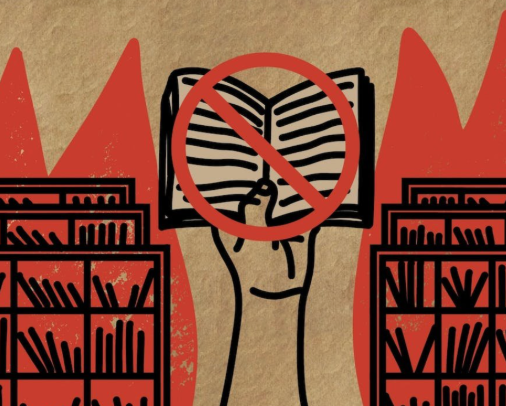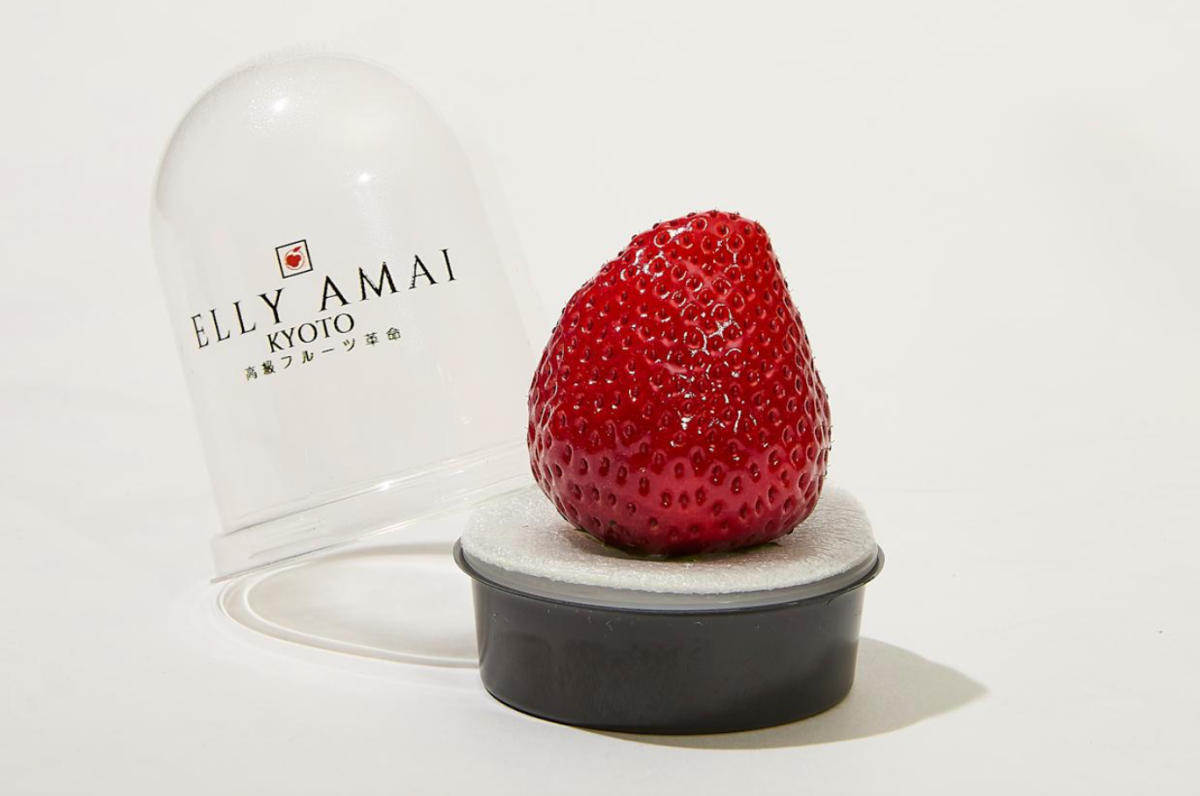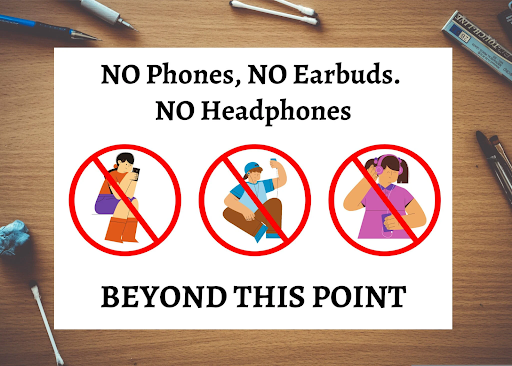Depop, Grailed, Goodwill, Savers—the list of ways to thrift is endless. Once seen as a broke-student survival tactic, thrifting is now the way to show your style on a budget without selling your soul to fast fashion. It’s been popularized by social media through Tiktok, Instagram hauls, and the never-ending competition of who can be the most “underground.” This term, a twenty-first century marketing buzz word was coined by Gen Z. Undergroundguy420 from UrbanDictionary remarks, “Simply put, it’s an elite form of lifestyle not typical of the mainstream.” In an effort to stand out, Gen Z has made shopping from second-hand stores or the bins at Goodwill, trendy, and affordable, sustainable. This way, you can get the perfect Princess Polly prom dress, NorthFace puffer, or Miss Me bootcut jeans to fit your Pinterest mood board without your wallet taking the brunt of it.
Thrifting wasn’t always popular, though. Buying secondhand was more about necessity rather than style because of Great Depression-era frugality and post-war resourcefulness. For a long time, thrift stores were associated with people who couldn’t afford new clothes rather than what is now dominated by fashion-savvy shoppers hunting for vintage gems. Secondhand shopping was extremely stigmatized and, with an increasingly materialistic society, those who didn’t have as much to spend were often looked down upon. But as fashion trends started cycling back—hello, y2k and ‘90s grunge—people realized that thrift stores were untouched time capsules of iconic styles. Nowadays, what was once overlooked is a goldmine for unique pieces, and suddenly, wearing secondhand can be cooler than buying brand-new. Finding the perfect thrifted piece is like getting an A on a test no one studied for: rewarding and unexpectedly thrilling.
But everything has its downsides. As thrifting rose in popularity, so did its price tags. Influencers, fashion enthusiasts, and people of all ages flooded the market, spending their Saturdays perusing Goodwill—thanks to them, thrift stores started marking up their items. This inflation is prevalent all around LA—take Erewhon for instance; maybe it’s cleaner, maybe it’s better, but one thing’s for sure: Hailey Bieber’s “Strawberry Glaze Skin Smoothie” is a whopping twenty dollars. Unlike the smoothie industry, some thrifters, or resellers, began swooping in to snatch up high-quality finds only to flip them online (remember Depop and Grailed?) for a profit, earning a little cash, but ultimately making it harder for everyday shoppers to score deals. And let’s not forget fast fashion brands looking to cash in on the trends by marketing “vintage-inspired” items.
So, how do you thrift like a pro? It’s not just luck. Surprisingly, you don’t have to refer back to UrbanDictionary to know that you shouldn’t look at crowded or overexposed stores. Sometimes the best finds are in the back of the aisle hidden under a tweed purse and a misplaced plastic hanger. That being said, don’t be afraid to get your hands dirty; dig deep, check every aisle, and try things outside of your comfort zone! You can always DIY it later . . . The key is being patient and creative, because when you finally score those $5 pristine Adidas Gazelles or perfectly distressed jorts, it’s worth it.
Thrifting is more than just a trend—it’s about making more sustainable choices, experimenting with your style (even if your friends refuse to listen to your hear-me-outs . . .), being mindful of your budget, and escaping the fast fashion trap. So close that Shein tab and the next time someone compliments your fit, you can say, “Thanks, it was six dollars!” And who knows? Maybe you’ll get lucky and stumble upon that Miu Miu dress you’ve been eyeing, or those JNCO jeans you keep adding to cart, but never actually check out.







